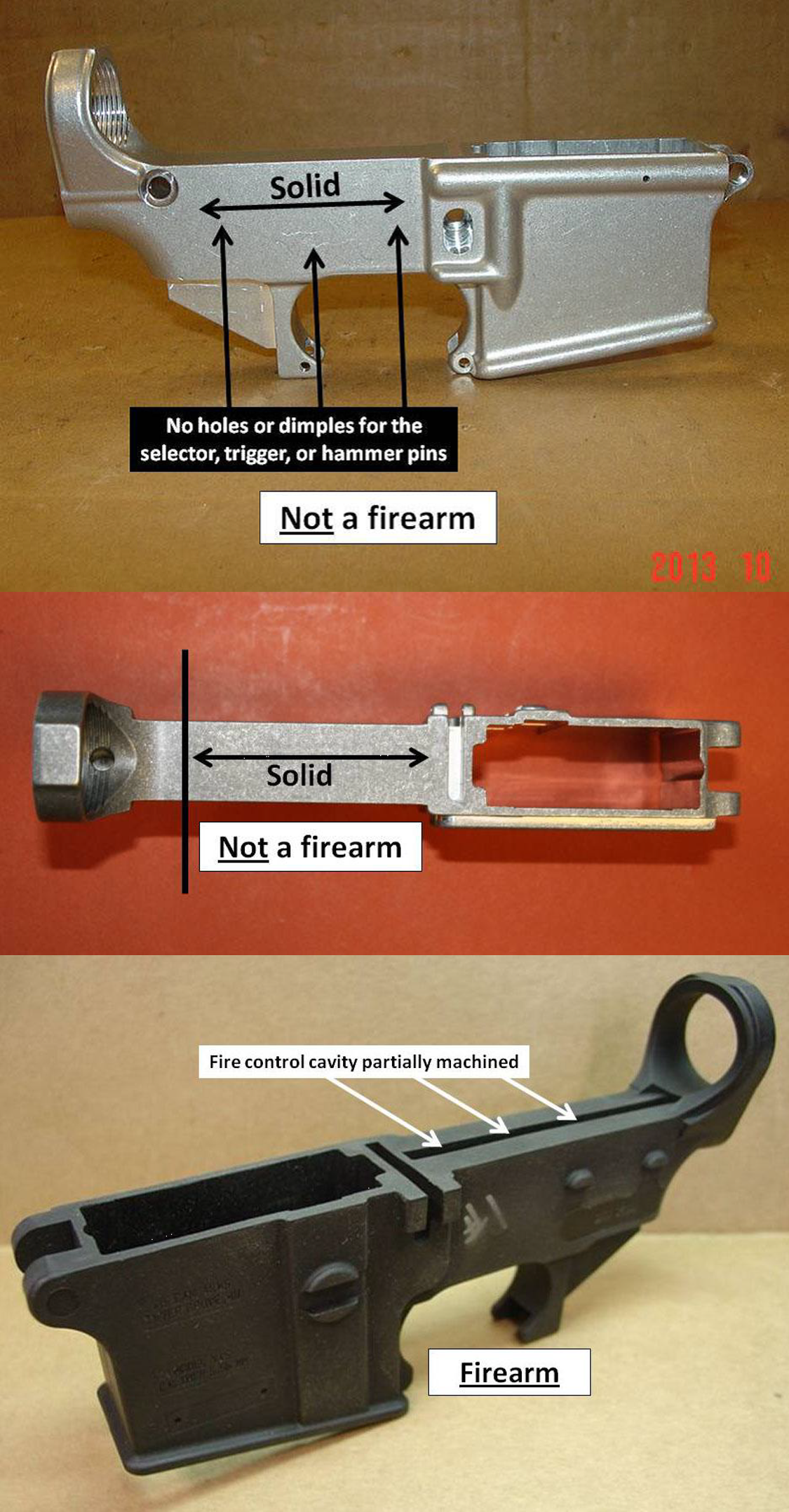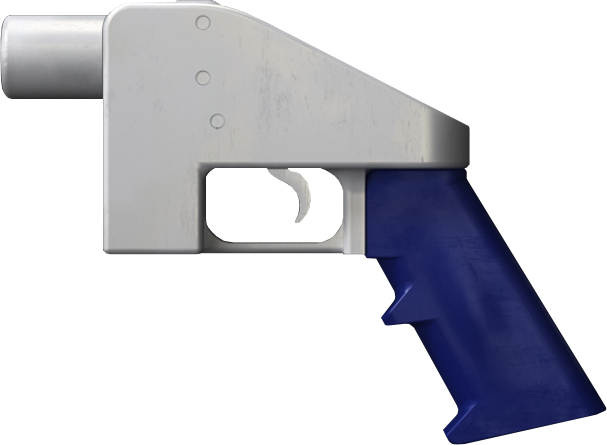Guns. Lots of Guns.

Guns, and the plethora of problems that come with them, are not new arrivals in the United States. While the amendment guaranteeing that Americans have the freedom to speak, assemble, and worship as they please was the first be set down in the Bill of Rights, the ink hardly had time to dry before the second amendment enshrined the right of America citizens to “keep and bear arms.” A survey conducted between February 17th and March 23rd, 2021, revealed that approximately 31.9%, or over 81.4 million, Americans over the age of 18 own one or more firearms.1 With so many firearms in the hands of millions upon millions of people, ensuring that the purchase, possession, or use of these weapons is limited to responsible individuals is a continuously growing concern.
Gun • /ɡən/ • a weapon incorporating a metal tube from which bullets, shells, or other missiles are propelled by explosive force, typically making a characteristic loud, sharp noise.

One problem regulators face is determining what exactly qualifies as a firearm. A gun is easy to describe in a broad sense, but there is an astonishing amount of variety when it comes to things like their size, function, and construction.
Size doesn’t matter.
It’s impossible to use something like size as a defining feature as firearms come in a wide variety of form factors. While these weapons are all potentially lethal, the way they function differs enough to complicate any attempts to regulate them based on solely on their size.




As simply banning “guns” runs the risk of casting too wide a net, regulators typically choose to ban specific components. However, this is a complicated proposition as well.

This regulation of pieces of a firearm is applied in several ways depending on the gun, but for the purposes of this paper we’ll focus on some common targets, the AR-15 and 3D printed firearms. The modular nature of the AR-15 and guns like it make them difficult weapons to regulate. The rifle can be separated into four broad sections:

This is where regulation takes place and also where digital fabrication renders it completely moot. For the purposes of regulation, the US government only concerns itself with the “lower receiver.” As this segment contains the weapon’s serial number that would generally be registered to an owner, it is the only controlled, traceable piece of the firearm. In a time when it required an array of well-honed skills and specialized equipment to mill and machine this piece, this regulation would have likely had an impact. Unfortunately, regulation has not kept pace with technology. Somewhere in the debate over what does or does qualify as a firearm, the government also defined what qualifies as a lower receiver.2

The ATF decided that 80% was the line that separates an aluminum paper weight from a destructive device.This definition gave fabricators a clear target regarding what they could sell. It also left the public to complete only one fifth of the work to have their very own unregistered, untraceable rifle. While this is easier than starting with a solid piece of metal, it still requires special skills and equipment. However, just as Napster upended the music industry by simplifying digital distribution, so too are companies simplifying the completion of these “80% lowers” via consumer friendly digital fabrication systems.
Systems like the “ghost gunner” provide a push-button solution for consumers that replaces the need for years of training as a gunsmith. Systems such as this could turn out countless untraceable rifles and completely undermine any attempts at regulation. It’s also unlikely any sort of prohibition will provide a long term solution as these tools will only become more complex and widely available. It’s not unforeseeable that they might eventually be able to handle one-hundred percent of the milling process.

3D Printed Firearms: Less Durable, More Corporeal.
While terms like “ghost gun” make for great click bait, the technology to produce them is still relatively expensive when compared to a 3D printer. While they used to be relegated to either businesses or a dedicated hobbyist community, 3D printers are now widely available online or in some retail locations and can be purchased for under $200. These machines still require some technical ability to operate, but their affordability makes them attractive options. The guns these machines produce range in complexity from the relatively basic …

… to firearms that are difficult to distinguish from those that were produced via more traditional methods. Many more complicated models involve a mix of parts produced using various methods of digital fabrication.

Has Gun Regulation Bitten the Bullet?
These two examples of still-evolving technology should be sufficient to illustrate how fraught the area of firearm regulation is and just how much more complicated it has become since the introduction of more affordable and accessible means of digital fabrication. While regulation is too important for the US to simply abandon, any hopes to control these devices through scarcity or limited registration are now fairly naive. Perhaps Chris Rock has a better solution:
Sources
- https://papers.ssrn.com/sol3/papers.cfm?abstract_id=3887145
- https://www.atf.gov/firearms/qa/are-%E2%80%9C80%E2%80%9D-or-%E2%80%9Cunfinished%E2%80%9D-receivers-illegal
- https://www.vocativ.com/news/295936/3d-printed-gun-dark-net/index.html
- https://www.core77.com/posts/73926/How-Digital-Fabrication-has-Disrupted-the-Gun-Control-Argument-People-Can-Now-Build-Their-Own-AR-15s-and-Other-Firearms
- https://www.wired.com/story/a-landmark-legal-shift-opens-pandoras-box-for-diy-guns/
- https://firstamendmentwatch.org/deep-dive/the-3d-guns-controversy-is-computer-code-a-form-of-speech/
- https://en.wikipedia.org/wiki/Gunsmith